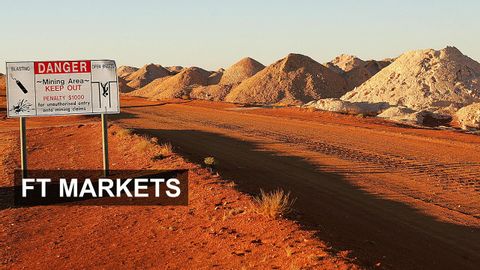
字幕與單字
大宗商品 "經歷了最糟糕的時期"|FT Markets (Commodities are 'through the worst' | FT Markets)
00
Kristi Yang 發佈於 2021 年 01 月 14 日收藏
影片單字
to
US /tu,tə/
・
UK /tə/
- adv.指向…點;至
- prep.附屬、連接的介係詞;比較的介係詞;指向;給予的介係詞;對…的反應;(用於動詞前;表示不定式);到…範圍;到;表達;放在動詞後的介係詞;去;然後;…和…;向;朝(某方向);(表示時間)直到...;聽的介係詞
- particle(不定詞)
A1 初級初級英檢
更多 使用能量
解鎖所有單字
解鎖發音、解釋及篩選功能
